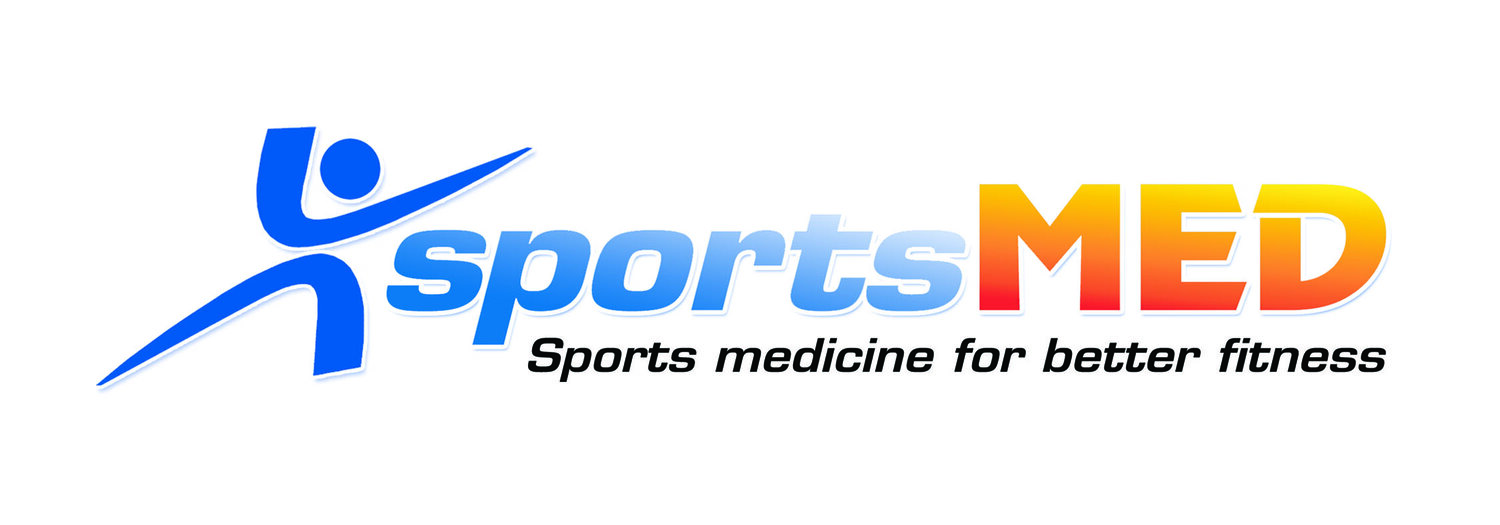Dry Needling
Dry needling is a soft tissue treatment directing a very small diameter needle into the skin and soft tissues below ( muscles, tendons and ligaments ). Needle placement is based on the patient’s unique evaluation findings to directly address the specific condition. The needles may vary in length depending on where in the body the needle will be placed and safety concerns in those respective regions.
Dry needling is not the same as acupuncture. While a similar needle may be used to perform treatment, acupuncture treats physical, mental and emotional pathology by addressing meridians as prescribed by Traditional Chinese Medicine. Dry needling can restore range of motion, help eliminate muscular and nerve pain, unlock tight muscles, stimulate collagen production, release trigger points, muscle spasm and repair damaged muscle fibers and scar tissue.
As with any treatment, there are always risks to interventions, but the most common are minor:
Fatigue/drowsiness
Mild bruising/ bleeding
Short term increase in symptoms- often a good sign
Muscle soreness
Major risks to dry needling are very rare, but may include
Syncope
Pneumothorax
Dr Marcil has been practicing dry needling techniques for over 10 years and has extensive training through The Dry Needling Institute and Integrative Dry Needling Seminars. He is trained to dry needling under diagnostic ultrasound, which can allow for more accurate treatment, fewer visits and a shortened healing time.
Cupping
Cupping therapy involved placing cups on the skin to create suction. Cupping increases blood flow and oxygen to an area of the body, reduces inflammation, removes toxins, reduces pain, tightness and increases range of motion. The therapy can produce superficial bruising that can last 3-5 days post treatment. Most patients notice improvement in symptoms immediately after treatment. The most common conditions we treat with cupping include neck pain, lower back pain, shoulder pain, knee pain, hamstring sprains / strains and plantar fasciitis.




